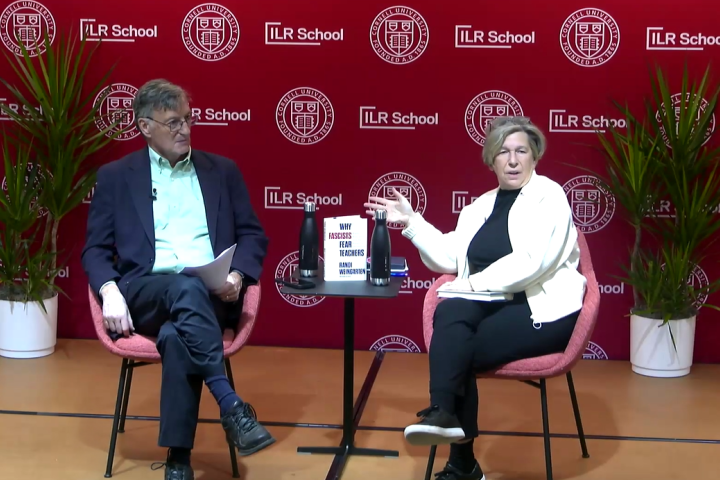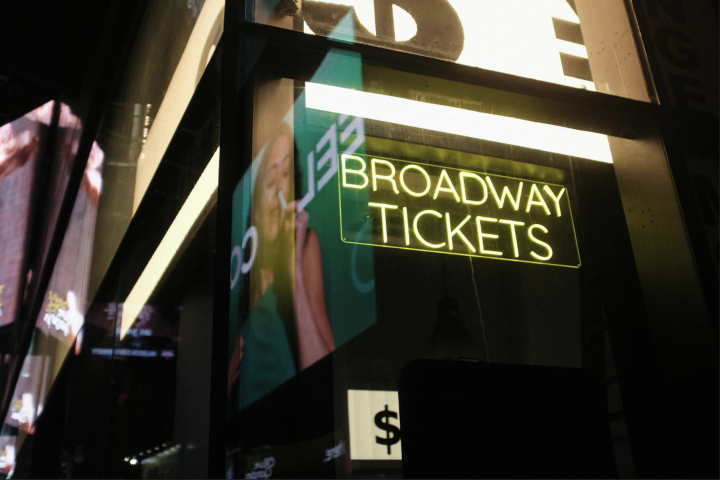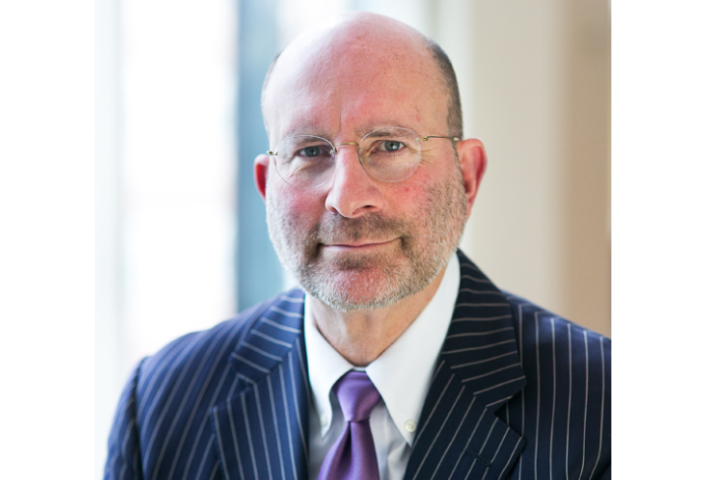
UPS vs. Teamsters
By Alyssa Brundage ‘25 | Editor, Scheinman Institute Newsletter and Blog
On July 31st, 2023, the union contract covering 340,000 Teamsters at UPS is set to expire. Negotiations are set to begin in April, and both parties have been preparing for months.
For the Teamsters, preparations began last August, with a National Day of Action which was followed by surveys and committees to determine member priorities. Since then, the union has drafted a set of goals. The union’s foremost goals are to reduce the use of part-time drivers and ensure that employees who work full time hours but are classified as part-timers receive full-time salary and benefits. Additionally, the union aims to increase wages for both new and part time workers. Also, various workers have expressed that they want less stringent management oversight in operations. For instance, they want cameras removed from the trucks they use to deliver packages.
The Teamsters have already declared that if a satisfactory agreement cannot be reached, they will go on strike. The last time the Teamsters went on strike was in 1997, and interestingly enough, the dispute arose over similar issues. At that time, UPS was increasing the use of part time work and subcontracting. The union disagreed with this approach and launched a 15 day strike that gained substantial public support from UPS customers, as many had strong personal relationships with the drivers who picked up and delivered their packages. Ultimately the Teamsters were victorious, and the company agreed to create more full time positions and limit the use of subcontracting.
When asked about the probability of a strike, Scheinman Institute Director and Jack Sheinkman Professor Harry Katz described a few key factors that will affect negotiations. For one, he mentioned that the union’s bargaining is being led by new president Sean O’Brien. O’Brien had criticized his predecessors for being too passive, and will likely take a tough stance during negotiations.
Katz also mentioned the increasing impact of inflation. Like many workers, the UPS Teamsters are concerned about the rising cost of goods for their members. Additionally, the drivers feel they deserve payback from work during the pandemic, as they were front-line employees and had to continue working. Because of these factors, there is significant pressure on the union to secure a large wage increase.
While unions may have leverage in organized companies like UPS, in the broader labor market the situation for truck drivers is much less favorable. As Katz notes, “You have the union hammering unionized employers, such as UPS and the postal service, to do even better yet they have a hard time putting pressure on the large and growing nonunion sector, including drivers at Amazon and Walmart.”
Professor Katz predicts that ultimately, the union will secure both improvements in wages and benefits, and additional restrictions on the use of part-time drivers. The upcoming UPS labor negotiations are an important reminder of the influence that union politics, worker demands, and economic factors have on collective bargaining.



